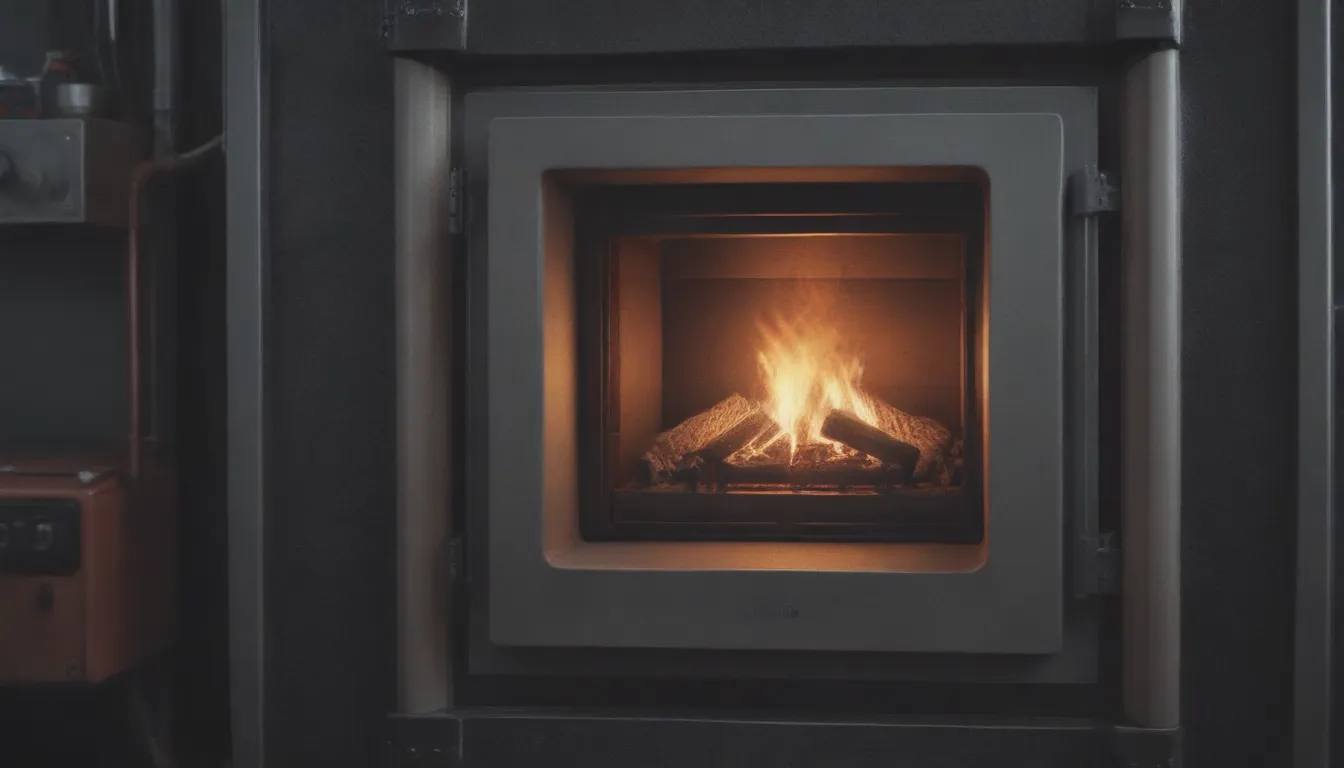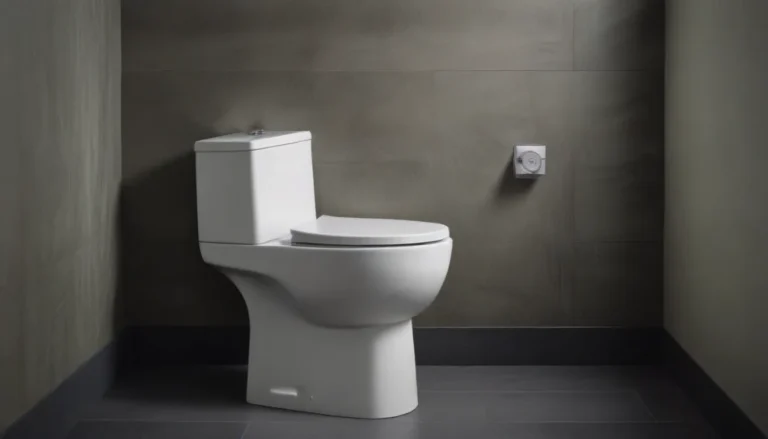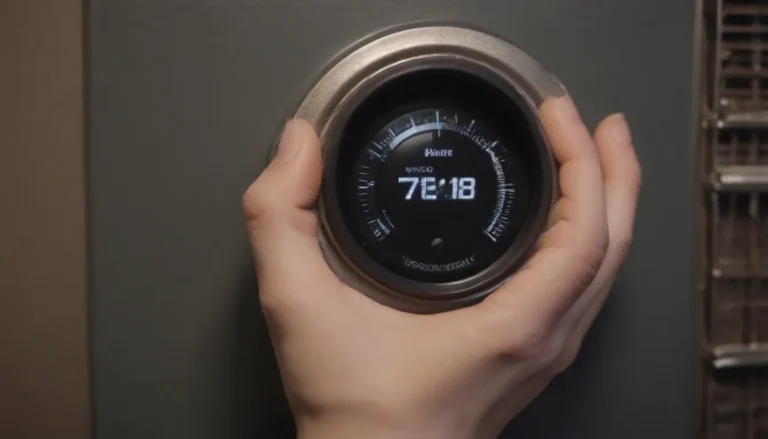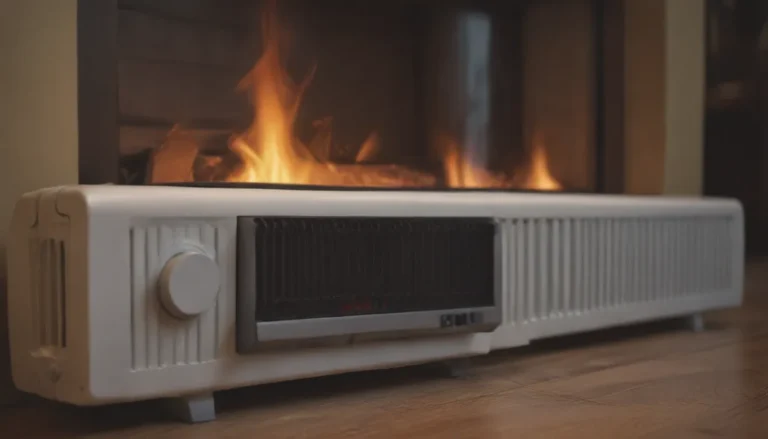Everything You Need to Know About High-Efficiency Condensing Furnaces

Are you looking to troubleshoot or repair your furnace, but unsure where to start? It’s essential to know what type of furnace you have in your home before attempting any maintenance. Understanding the differences between a conventional furnace and a high-efficiency condensing furnace can make a significant impact on your energy bills and overall home comfort.
What Is a High-Efficiency Condensing Furnace?
High-efficiency condensing furnaces are a newer technology that offers improved energy efficiency compared to conventional furnaces. These furnaces can achieve AFUE ratings of over 90 percent, with some models reaching up to an impressive 98 percent. The key difference lies in how these furnaces handle exhaust gases from the combustion process.
Key Similarities and Differences
While high-efficiency condensing furnaces share some similarities with conventional furnaces, there are key differences in their design and operation. Here’s a breakdown of how these two types of furnaces differ:
-
One Heat Exchanger vs. Two: Conventional furnaces have a primary heat exchanger where heat is exchanged to the circulating air before being distributed throughout the house. In contrast, condensing furnaces also have a secondary heat exchanger that absorbs additional heat from the combustion gases, resulting in higher efficiency.
-
Air Filtration and Circulation: Both types of furnaces circulate air in your home, but high-efficiency furnaces often incorporate advanced technology like Heat Recovery Ventilators (HRVs) for improved indoor air quality and energy savings.
-
Fuel Combustion: Condensing furnaces use electronic controls and modulating gas valves to achieve optimal performance and efficiency in fuel combustion.
Features of High-Efficiency Condensing Furnaces
Air Filtration
Most condensing furnaces come equipped with high-efficiency air filtration media to enhance indoor air quality. It’s crucial to regularly change these filters to ensure they work effectively and choose the right filter class based on your needs, such as capturing allergens for allergy sufferers in your family.
Blower Motor
Condensing furnaces may feature a variable-speed, direct-current electronically commutating motor (ECM) for increased energy efficiency compared to standard motors. This technology is typically used in two-stage or modulating furnaces for improved performance.
Blower Compartment
Blower compartments in high-efficiency furnaces are often insulated to retain heat, leading to better energy efficiency. In contrast, conventional furnaces typically lack this insulation, which can impact overall performance.
Electronic Ignition
Condensing furnaces utilize electronic ignition systems for maximum efficiency and reliability. This feature sets them apart from older standard furnaces that may still use standing pilot systems.
Combustion Chamber Air Intake
Unlike conventional furnaces, condensing furnaces often use a sealed combustion chamber with direct-vent combustion air intake from the exterior of the home. This setup prevents the furnace from using already heated air for combustion, improving efficiency.
Maintaining Your High-Efficiency Condensing Furnace
Proper maintenance is crucial to ensure your high-efficiency condensing furnace operates optimally and efficiently. Here are some essential maintenance tips:
-
Regular Filter Changes: Replace air filters regularly to maintain indoor air quality and prevent strain on the system.
-
Annual Inspections: Schedule annual inspections by a professional HVAC technician to check for any issues or potential problems.
-
Clear Vent Pipes: Ensure vent pipes are free from obstructions to allow proper exhaust ventilation.
-
Monitor Carbon Monoxide Levels: Install a carbon monoxide detector near your furnace to alert you to any dangerous levels of this odorless gas.
-
Professional Cleaning: Periodically have your furnace professionally cleaned to remove any buildup that could affect performance.
Conclusion
Understanding the ins and outs of high-efficiency condensing furnaces can help you make informed decisions about your home heating system. By knowing the key differences between these furnaces and conventional models, you can optimize energy efficiency, indoor air quality, and overall comfort in your home. Stay proactive with maintenance and consider upgrading to a high-efficiency condensing furnace for long-term energy savings and performance benefits.





